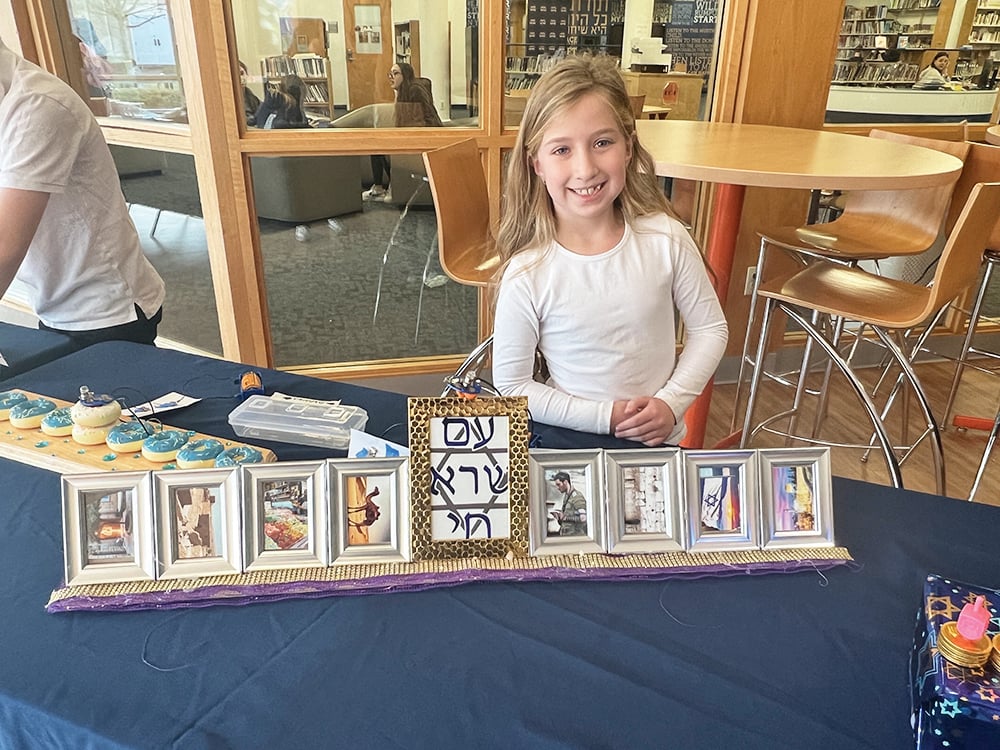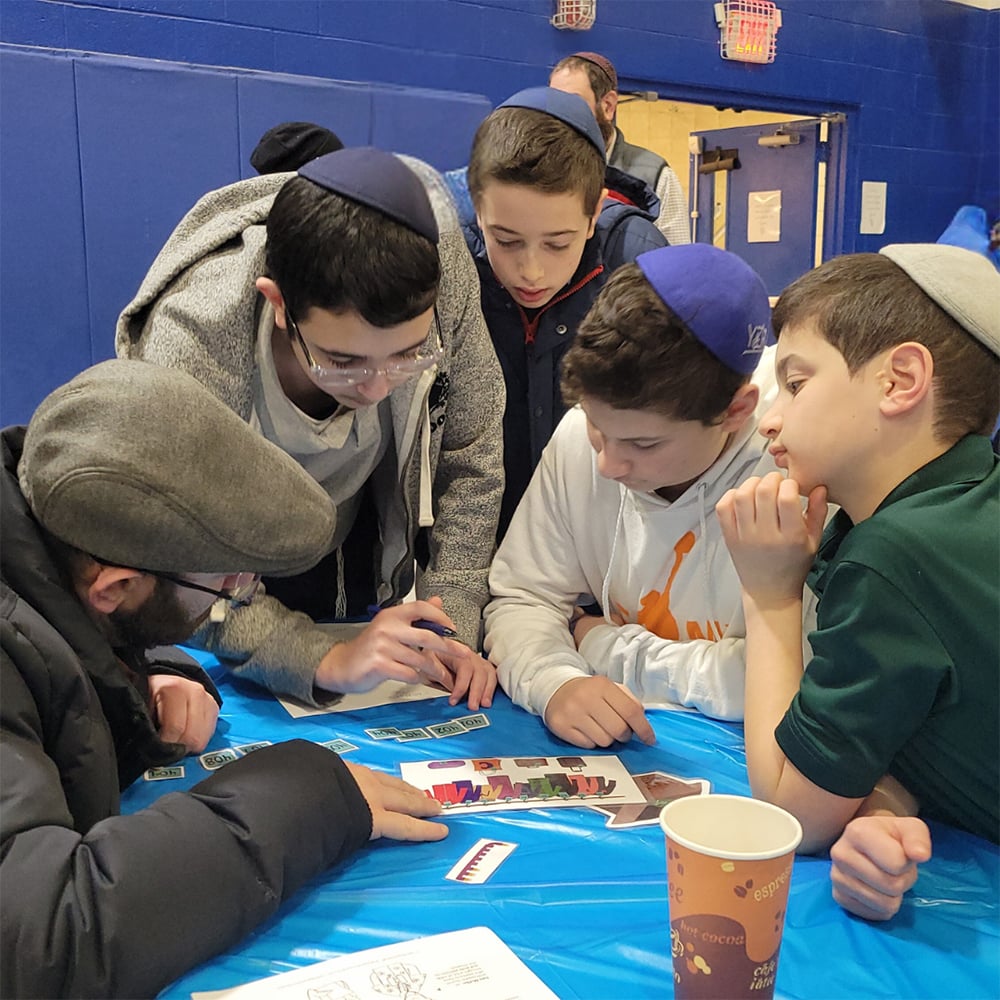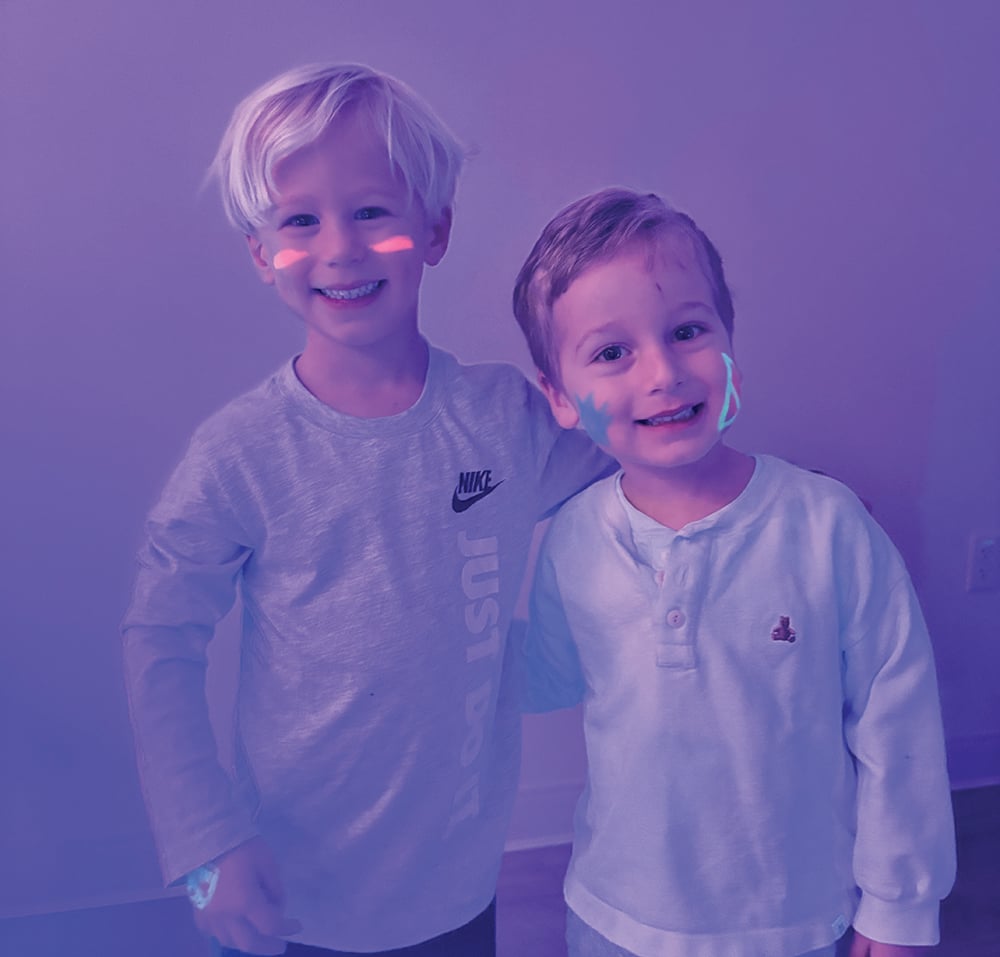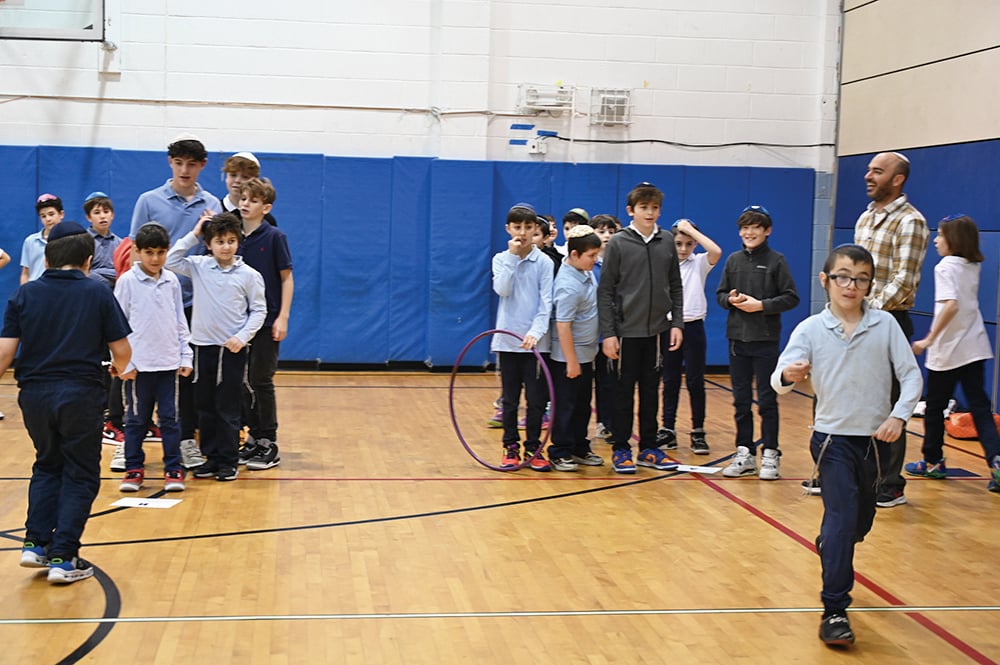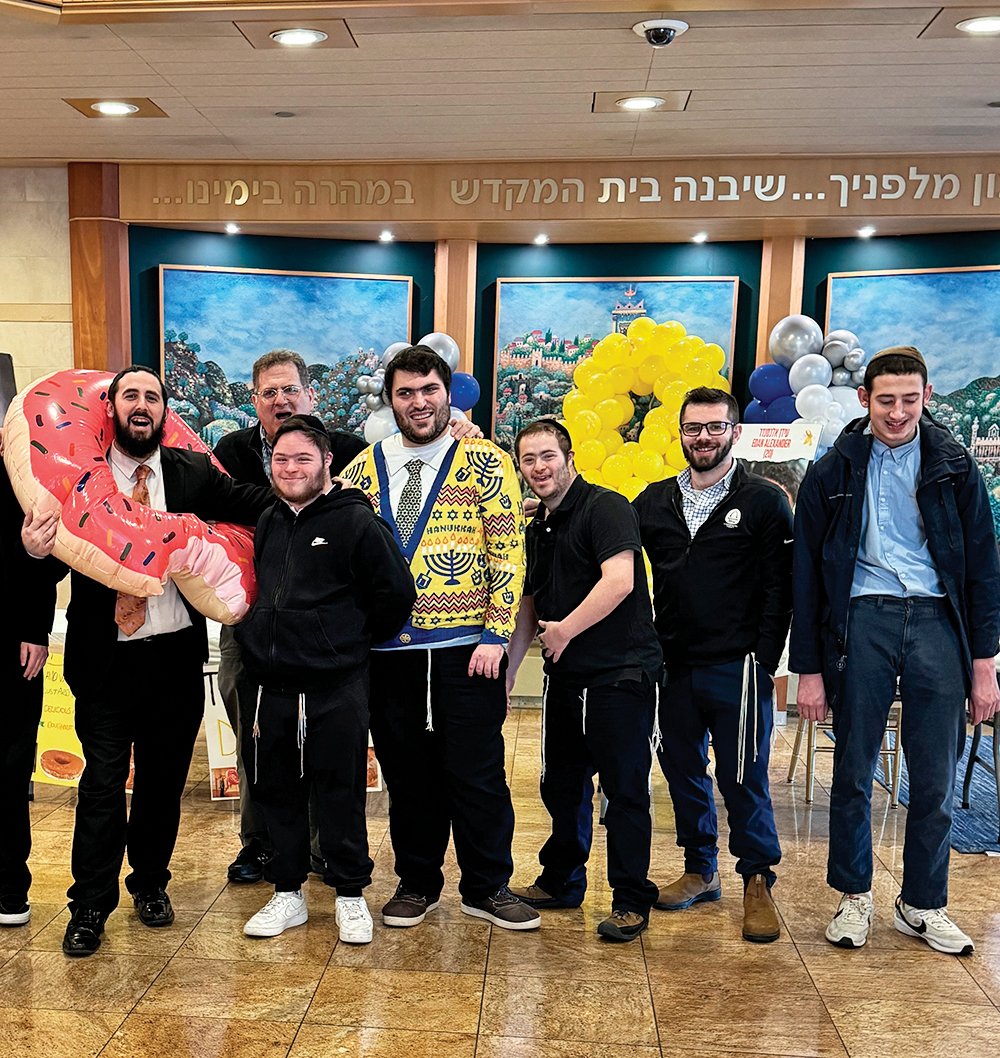
Ask any practitioner and they’ll tell you that one of the essential tools for success in public speaking, marketing and business is to know your audience.
This maxim is doubly true for a Jewish Federation, whose mission is to improve Jewish life by working with lay leaders and partner agencies to identify and address the needs of residents in the local Jewish community. Yet obtaining current and reliable information on the community’s perspectives and needs is by no means simple or easy.
Jewish Federation of Northern New Jersey took this challenge very seriously and spent over a year and a half planning, promoting, conducting and reviewing the results of an exhaustive community study, which attracted over 3,400 respondents in the Federation’s service area of Bergen and Hudson counties and parts of Morris and Passaic counties. The Federation’s Community Study, the community’s first comprehensive review of resident’s views in eight years, involved a 15-person lay leader task force, over 100 community agency and volunteer leaders, and the support of Rosov Consulting, a professional consulting services firm with expertise in community studies.
Federation’s Community Study included an online survey, conducted between December 20, 2021 and February 4, 2022; online focus groups and interviews in the spring of 2022; and follow-up interviews with eight communal professionals. The collected data was extensively analyzed for months and a full report on the results of the study was issued to the community in February 2023.
One local entity that’s very interested in the results of Jewish Federation’s Community Study is The Russell Berrie Foundation, a philanthropic organization based in Teaneck that funds a range of different mission areas in Northern New Jersey. As CEO Idana Goldberg explained to The Jewish Link, the Foundation has partnered with Jewish Federation for many years on a variety of efforts, including the annual campaign and special projects such as the security director position. The Foundation believes strongly in the need for good data to thoughtfully guide communal planning, and generously supported Jewish Federation’s Community Study.
Goldberg stated that in her view, one of the most significant findings of the study was that residents see themselves as having a lot in common with those who share their religious denominational identity, but very little in common with those who are different [see pp 42-43]. She termed this result “very worrying,” because “denominational tribalism doesn’t bode well” for the future of the community, especially given increasing polarization. She said that it is imperative that Federation define areas that build commonality, to bring people together. The Foundation hopes to fund future efforts in this area. She also noted that the study pointed to the need to better engage with a few groups that report being disconnected from the community and that for many residents the quality of a program was a more important factor in their decision to participate than the cost.
Roberta Abrams, who chaired Federation’s Community Strategic Initiative team that oversaw the study, said: “While I wasn’t surprised that antisemitism is a major concern for the respondents, I was dismayed that 80% think there is a lot or some antisemitism today, and more than 50% see more antisemitism today than five years ago. Of course, as Jews we understand that antisemitism is on the rise nationally. What did stand out for me was that younger people and those in Hudson County are experiencing it more, which is disheartening. What didn’t surprise me is that many Jews don’t feel that they are very connected to our Jewish community, but I am heartened that two thirds of them want to be more connected.”
Federation CEO Jason M. Shames noted that prior to conducting the survey, at times Jewish Federation had to rely on certain assumptions to guide their planning. “We needed concrete data,” he said, adding, “To better serve the Jewish community, we must know who lives in the community, what their views are, and what points of connection are important to them.” He expressed appreciation to all the beneficiary agencies that so actively helped shape and promote the survey. And he took solace in the responses that indicated that some groups in Federation’s service area have a self-awareness of feeling siloed and disconnected from the larger Jewish community, and are interested in finding ways to better connect.
Lee Lasher, past president of Jewish Federation and a member of Federation’s Community Strategic Initiative team, shared that the study organizers faced a few challenges in undertaking this project. “We launched this important strategy endeavor right before COVID. We had to pivot, restart and ensure we could proceed in a well-thought-out manner despite COVID challenges. Another big challenge, but also an opportunity, was to engage with as many different people and voices in the community so we could best understand the strategic needs. This allowed us to obtain great data and also connect with new individuals who were not yet engaged with Jewish Federation.”
Lasher added: “I was mildly surprised how important it was for people to feel connected with the community and each other. This was heartwarming to me as someone who believes deeply in Jewish unity; and first you need people to find ways to connect to each other to foster real unity. Also, the level of engagement across the community was higher than I expected. The main funding priorities including safety and security now with all the antisemitism was not a surprise. It was concerning to hear about the financial constraints to be a member of the community. Not entirely unexpected and well documented but hits home in affluent Bergen County.”
Looking ahead, Abrams said that the results of the study will have an impact on the work of the Federation. “The results will play a part in informing communal planning. We have now embarked on a strategic plan process for Federation that is informed in large part by these findings. In my ‘other’ role as chair of the Jewish Community Relations Committee (JCRC), where we are currently already working to fight antisemitism, the findings indicate that it is imperative that we do even more in this arena. We also had concerns about the needs for children’s and teenagers’ mental health, and the survey confirmed that this is as bad as we feared. I believe it is imperative we address that. This will become one of our impact areas.”
Shames shared that one area where he sees an immediate opportunity to apply the results of the community study is in the Federation’s plans for “Israel at 75” celebrations, which will start at the end of April and include several events throughout the year. He sees this as “a great opportunity to bring more people into the room and share a sense of our common heritage.”
Rabbi Jonathan Knapp, head of school of the Yavneh Academy in Paramus, said: “It is laudable that our Federation would undertake such a robust and thorough survey process. The entire experience was professional, constructive and intentional. Careful thought was given as to how to be as expansive and inclusive as possible.The process of data collection and analysis informs healthy decision-making and best practices. Federation should be commended for investing the time and energy in this process so that future allocations can be aligned with community value and ideas.”
Summing up the effort and the impact of the Community Study, Federation’s Director of Community Strategic Initiative Karen Sponder said: “The essence of this research was that we did this with the community, and for the community. The goal is that it can inform and be actionable for all our communal organizations. We are gratified that so many people participated. And we are happy to have this treasure trove of data, to enhance our work with communal groups.” She noted that one thing that she found fascinating was not just the difference in responses between people from different counties but also between residents of different towns within the same county.
To see the full report on the community study, go to: https://bit.ly/3SCrbRf
For the executive summary, go to: https://bit.ly/3Y5z3Mw
By Harry Glazer




